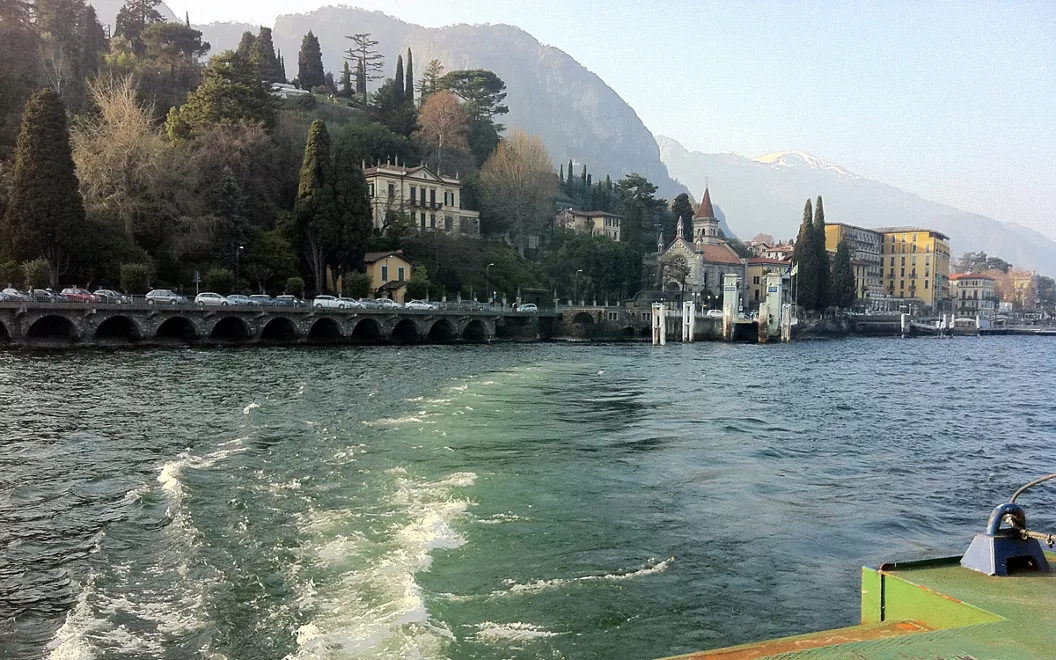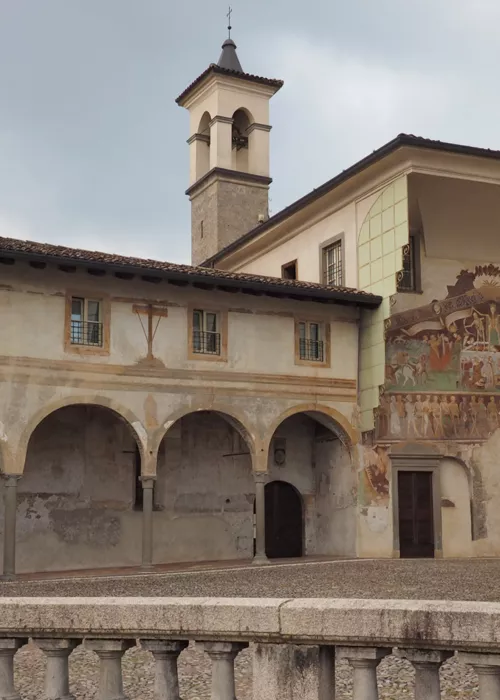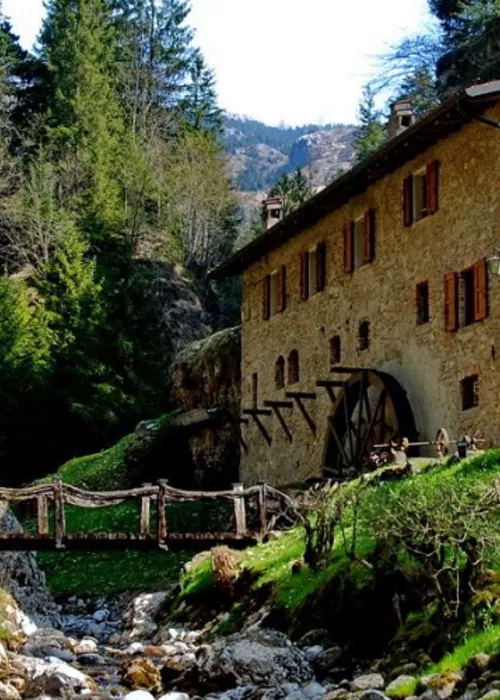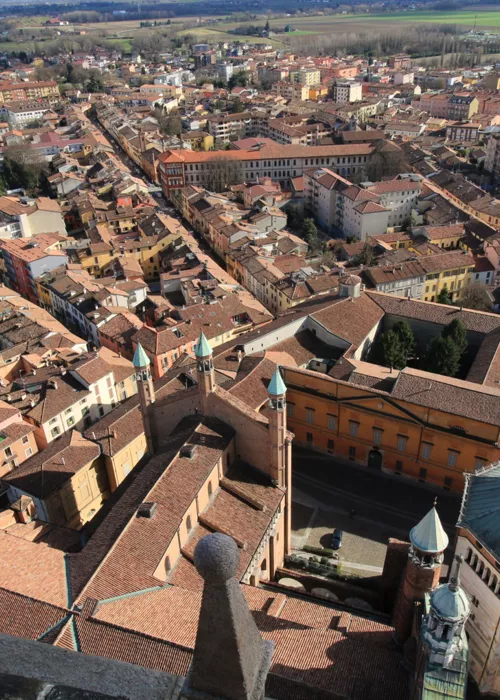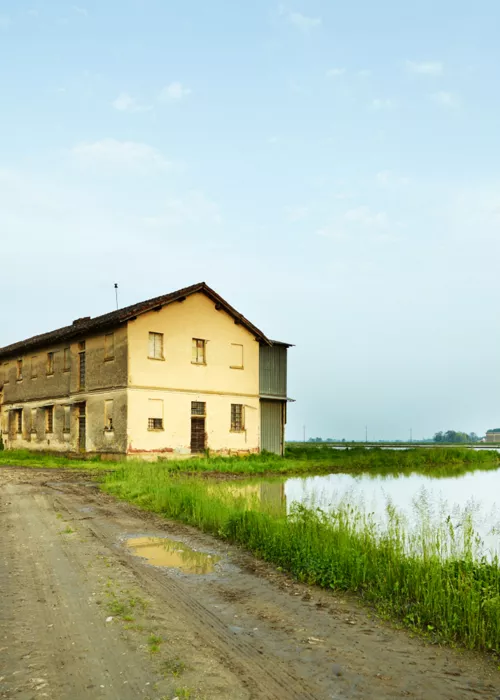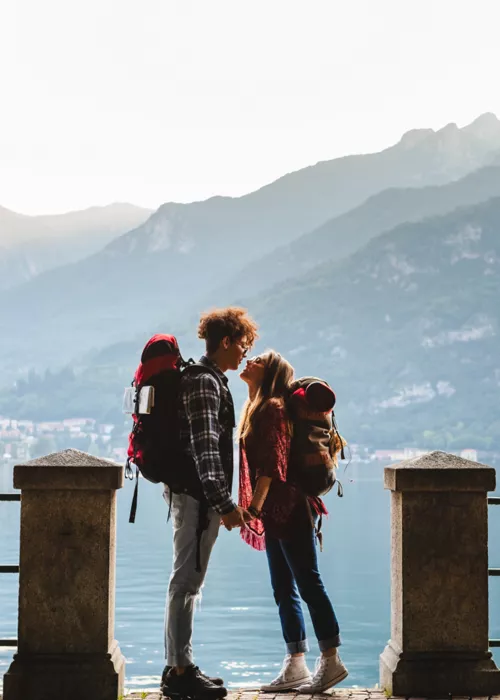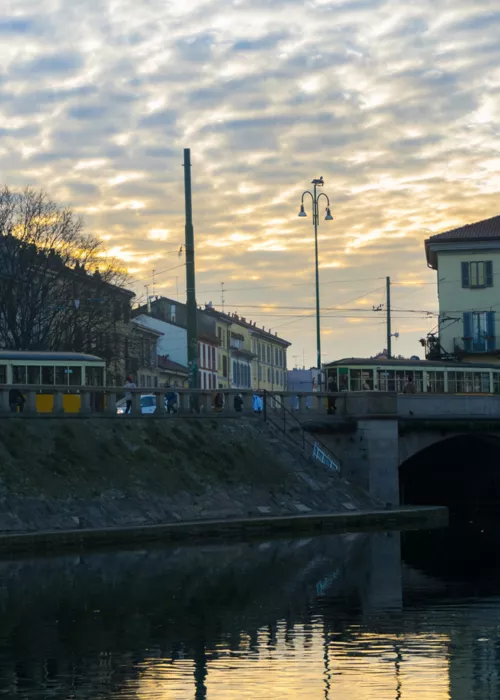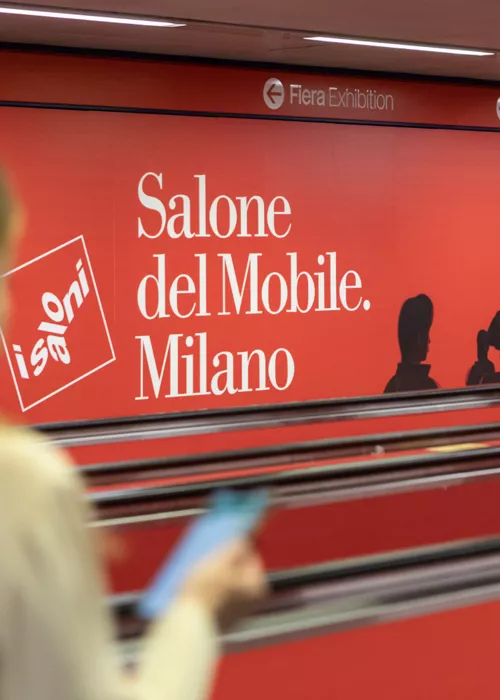Villa Olmo

Our itinerary starts from Como. The city, well linked to the rest of Italy and Europe, can be easily reached by public transport. Train is certainly the preferred means of transport: in addition to the line linking Milan to Switzerland (Lugano, Bellinzona, Zurich...), the regional lines of the Ferrovie Nord (Northern Railway) offer a service that stops right at the lakeside.
From here, a pleasant walk will allow us to admire the Tempio Voltiano and reach the esplanade, adorned with flower beds and a fountain, which introduces us to the first stop on the itinerary: Villa Olmo.
Situated on the first stretch of the Strada Regina, the road that runs along the lake and a motoring alternative to the boat throughout our itinerary, Villa Olmo faces a side street named after Simone Cantoni, the notable 18th-century Italian-Swiss architect and designer of the villa commissioned by Marquis Innocenzo Odescalchi, who was fascinated by the refined building Cantoni had created for the Serbelloni family in Milan.
We admire the grandeur and neoclassical elegance of Villa Olmo, and enjoy some relaxation in its huge park before resuming our journey on this itinerary to discover the beauty of Lake Como.
Villa d'Este

Along the western shore, between swathes of greenery, houses and moorings, the boat passes the silhouette of Villa Erba, the residence of Cernobbio and the atmosphere of great luxury surrounding Villa d'Este.
Now converted into a sumptuous hotel, the villa exudes timeless charm. Numerous paintings and sculptures adorn the interior rooms. Particularly interesting is the Napoleon Room, where the emperor's initial is woven into the silk wall coverings. The villa is now a venue for numerous meetings and conferences. The best known is The European House - Ambrosetti Forum, an international meeting for discussion on mainly economic topics that has been held in the first week of September each year since 1975.
Aimed at and dedicated to heads of state, ministers, Nobel Prize winners and economists, the Cernobbio forum is divided into an intensive cycle of meetings, debates, presentations of ad hoc research, forecasts on the global, European and Italian economic and geo-political scenario, and moments of analysis of the main scientific and technological developments and their effects on the future of institutions, businesses and civil society in general.
Since 1929, the annual Coppa d'Oro Villa d'Este, an international 'concours d'élégance' for automobiles, has also been held here.
Isola Comacina

Our itinerary continues to Isola Comacina, which can be reached by motorboat taxi from Ossuccio. However, Sala Comacina, north of Cernobbio, the historic boarding point to reach the island, is also worth a visit.
Comacina belongs to the Brera Academy of Milan and, although there is an entry charge, it is a must-see on a short stop on our itinerary among the villas.
The only island on Lake Como, it has all the charm of a timeless location, set in the waters of Tremezzina. It can be crossed on foot in about half an hour and is an easy stroll that offers picturesque views of the lake and early medieval archaeological sights.
Every year around 24 June, the feast day of St. John, the island is 'set ablaze' with firework displays that tourists and locals alike can watch from the water and from the shore.
Villa del Balbianello

After passing Isola Comacina in the direction of Bellagio, the boat sails around the promontory where the Villa del Balbianello stands to call at Lenno, the nearest landing point. From the town, the villa can be reached in a short time by walking up through the gardens or by taking a motorboat taxi.
Villa del Balbianello is an environmental masterpiece in terms of both architecture and forestry: it is a complex of two buildings, a tiny harbour and a small church, the remains of a 13th-century Franciscan convent. In the house, memorabilia from the life of the 20th-century explorer Guido Monzino, with his 18th-century English and French furnishings, can be visited by appointment. There is also a small museum with a collection of Chinese, African and pre-Columbian art objects.
The building had previously been a meeting place for men of letters, such as Giuseppe Parini, who frequented the residence when it belonged to Cardinal Angelo Maria Durini, and then for patriots, after the property was acquired by Luigi Porro Lambertenghi in 1797. Silvio Pellico was a tutor and guest here. The Porro Lambertenghi were followed by the Arconati Visconti, whose coat of arms is displayed on the loggia.
The real work of art, however, is the exquisitely manicured garden, with lawns, statues, boxwood and laurel hedges amidst holm oaks, camphor trees, magnolias, cypresses, and the elegance of the loggia as a focal point. From the top there is a wonderful view over the lake.
Villa Carlotta

After calling at Lenno, the boat enters the waters of Tremezzina, where a landing in Tremezzo allows you to recognise the Grand Hotel above and then reach the entrance to Villa Carlotta.
The villa received its name because it was given by Princess Marianne of Nassau, wife of Albert of Prussia, to her daughter Charlotte as a wedding gift, in around 1850.
The building is, however, of much earlier origin; it was built towards the end of the 17th century, by Giorgio Clerici from Milan. Then, until 1838, the residence was owned by the Sommariva family, who embellished it with works of art and sumptuous furnishings. Charlotte, however, focused her attention on the garden, enlarging it and introducing rare and exotic plants.
Today, Villa Carlotta houses a museum with extraordinary 19th-century works, including sculptures by Canova and Thorvaldsen. But the main attraction is its grounds, with hundreds of botanical species. The formal Italian gardens, scenic terracing, parterre and flowering shrubs here are a joy to behold.
Bellagio

From Tremezzina to Bellagiothere is no choice but to go by boat. Although there are ferries with car transport from Cadenabbia, on the lakeshore just north of Tremezzo, it is difficult to find parking once you have landed.
Bellagio is such a famous tourist destination that it has been partially reproduced in Las Vegas, together with a copy of the Eiffel Tower in Paris. Bellagio rises gloriously on the tip of the promontory where the two southern branches of the lake meet. Here, the stepped streets retain their historic layout, while a series of stately residences overlooking the lake produce a unique blend of architectural elegance and natural beauty. Its fame is not of recent origin. Filippo Tommaso Marinetti, the ideological founder of Futurism, lived his last months in Bellagio: a plaque outside the Hotel Splendide on the lakefront commemorates him.
From the ferry pier you can walk up to Via Garibaldi, the street that runs through the historic centre. To the left, with your back to the lake, you come to the square where the basilica of San Giacomo stands. Built in the 12th century, it enlarged and modified in later centuries.
Also accessible from the pier, Villa Melzi welcomes us with its gardens, history and stunning neoclassical works of art. Set in a more elevated position, is Villa Serbelloni, owned by the Rockefeller Foundation of New York, with its magnificent park that stretches for about 21 hectares on the Bellagio promontory.
It is certainly a place to discover and experience, with a pleasant combination of art and nature as your guide.
Villa Monastero

The last stop on our Como itinerary is also reached by sailing over the gentle waters of the lake. Here too, as between Tremezzina and Bellagio, there are no alternative road routes from Bellagio to Varenna, unless you drive to Lecco and then come up the other side of the lake. Villa Monastero, which can be visited as a house museum, just a few steps away from the main piazza San Giorgio, is the most prominent historical presence in Varenna. It was originally a female monastery, founded in the early 13th century, hence the name.
In the mid-16th century, the building was purchased by Paolo Mornico, an iron manufacturer from Valsassina, and the property remained in the family for about three centuries. His son Elio was the first to modify it when he made several improvements to the house and garden between 1609 and 1645.
During a series of changes of ownership in the second half of the 19th century, the villa underwent further renovations, until it took on its present eclectic appearance. The restorations to create the internal staircase and the Pompeian bath, with polychrome marble, ceramics and stucco, appear to be among the most successful. The surrounding botanical gardens, rich in exotic plants, have assorted architectural features including Baroque, Classical and Moorish styles.


